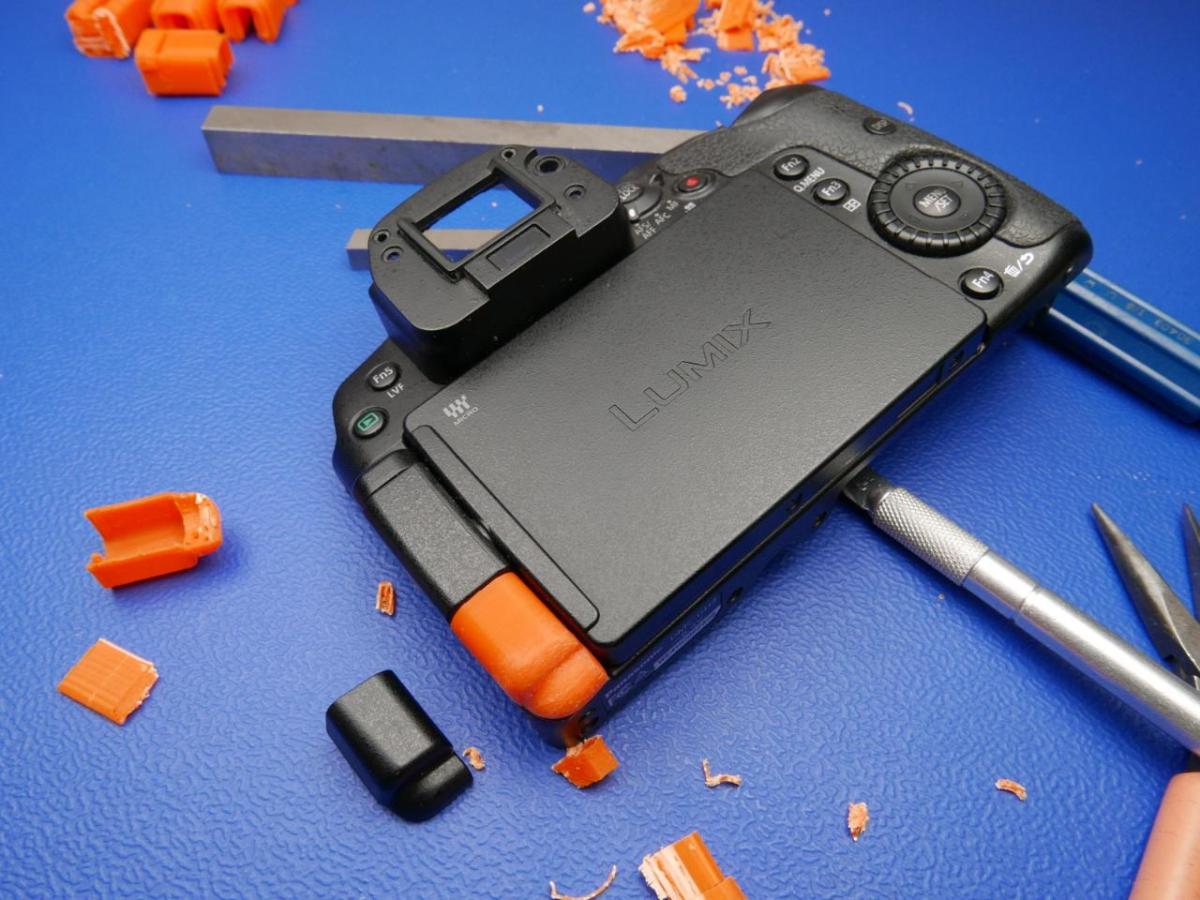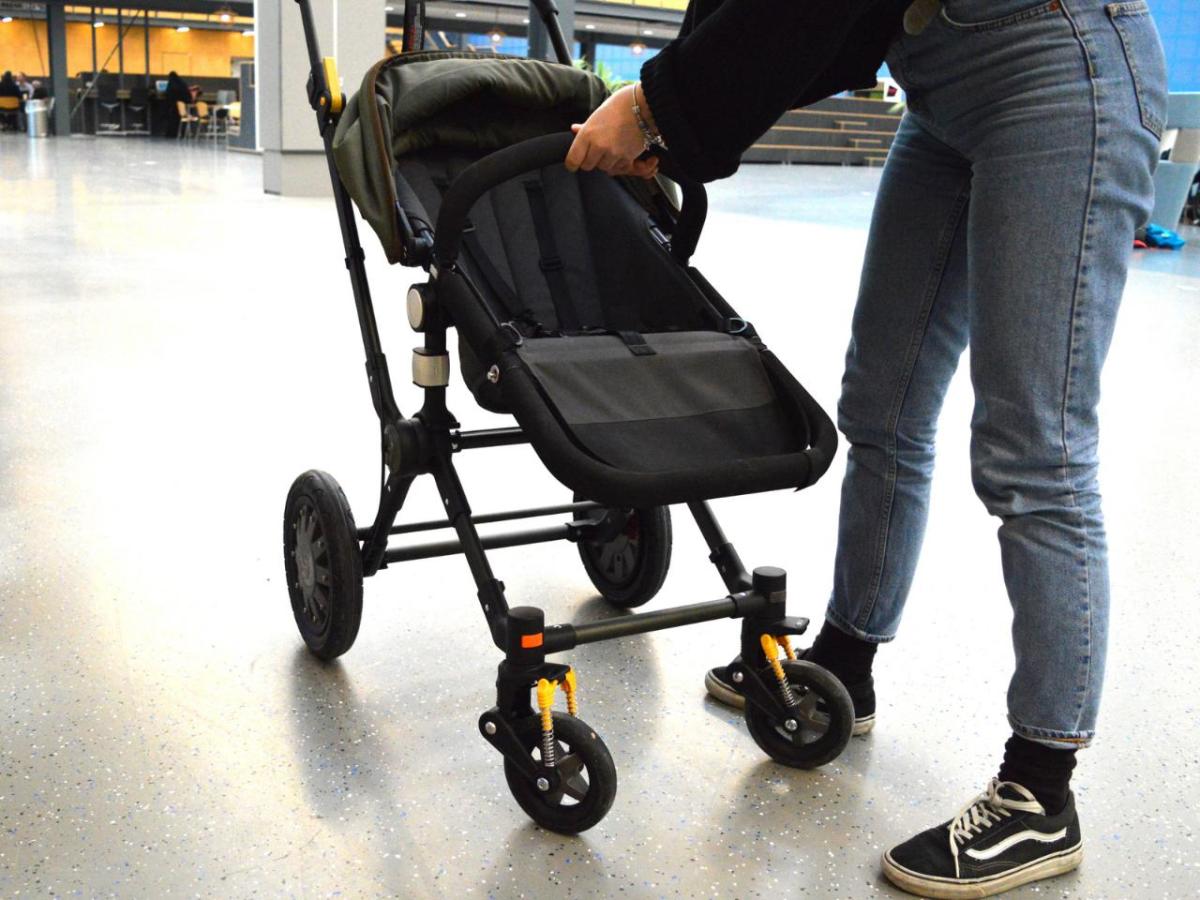Saving Broken Home Electronics, One 3D-printed Part at a Time
For HP’s Dare to Repair contest, entrants from around the world 3D-printed parts for broken goods to keep them out of the waste stream.
You’d rather not be part of our throwaway culture, but what choice do you have? When that perfect piece of rolling luggage you’ve used for years suddenly loses a wheel and you find there’s no replacement part, into the trash it goes.
Whether it’s your favorite coffeemaker or your always-dependable vacuum cleaner, you’re likely to find that the manufacturer stopped making the part, never made the part or it costs more to replace the part than it would to buy a new device.
For too long, that was by design or because of economics — and research by the Öko-Institut in Germany shows that the product life span of consumer goods is indeed getting shorter. The proportion of large household appliances replaced within less than five years due to a defect increased to 8.3 percent in 2013 from 3.5 percent in 2004.
Now, 3D printing technology is poised to change all that.
For its recent Dare to Repair contest, HP partnered with iFixit, an online repair community. Together they called on tinkerers, makers and fixers everywhere to develop, model and 3D-print a replacement part for a common consumer product.
The goal: to spotlight how anyone can come up with practical fixes for everyday breakdowns — while showcasing how cutting-edge 3D printing can help.
Tipping the scales toward reuse
Among the entries that came in from around the world, Anthony Kouttron of Huntington, New York, nabbed the top spot. Kouttron designed a cover for a hinge used to pop open the digital screen on his Panasonic Lumix DMC-GH3 camera.
“I took a liking to this camera and have a few of them, but when I found out that I couldn’t buy a replacement hinge cover, I was quite frustrated,” says Kouttron, who runs his own business designing power systems and accessories for cinema cameras.
Repair is key to the circular economy
Dare to Repair shows how crucial 3D printing is to making the circular economy a reality. As Earth’s population grows and the global middle class expands, demand for consumer goods is expanding, so raw materials — a finite resource — must not be wasted if economies and markets are to become more sustainable.
As the technology gets faster and cheaper, companies will be able to make new products — or replacement parts — for consumers on demand.
“That can significantly change the economics of supporting parts for manufacturers,” explains John Ortiz, director of product stewardship at HP. “Imagine you can offer an unlimited digital warehouse of spare parts, produced locally and on demand.” And consumers who prefer to repair their own device will have greater access to anything they need. “Imagine how this beautiful camera, still available for nearly $900 USD is undermined by a simple cover design fault and the lack of a suitable replacement. The beauty of Anthony’s submission was that not only did he provide a solution, but also created a range of enhancements to the product design.”
Students discover the power of 3D printing
Dare to Repair’s second-place winner was a group from the Delft University of Technology in the Netherlands. Working together in a school sustainability course, the five teammates combined their expertise in industrial design, mechanical engineering, aerospace engineering and chemical engineering to design and 3D-print three parts: a wheel lock, brake and height-adjustment clip for Bugaboo strollers, which often break on older models.
“If you can repair an old stroller by making a small part, it would be a lot cheaper — and a lot better for the environment — than buying a whole new stroller,” says Mansour Khaleqi, who is studying mechanical engineering.
None of the Delft team members had used 3D printing previously, but because of this experience, they have become 3D printing advocates — and all of them think 3D printing will be a big part of their careers.
“When you study industrial design, they tell you to be sustainable, but they don't really tell you how,” says the Delft team’s Suzanne Spiering. “Now I know.”
Looking for more inspiring stories about sustainability? Watch this video about Homeboy Recycling, an organization in Los Angeles that gives both electronics and people second chances.



